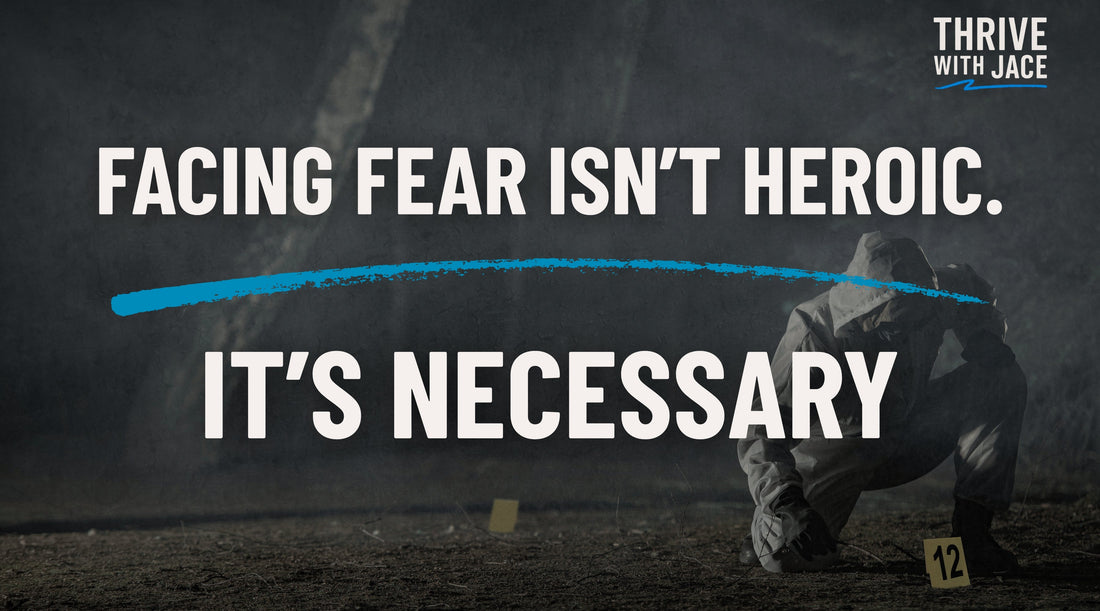
Facing Fear Isn’t Heroic. It’s Necessary
Share
People talk about fear like it’s something to beat
Something to conquer. Crush. Overcome.
Something to leave behind once you’ve “levelled up.”
But here’s the truth:
You don’t rise by becoming fearless.
You rise by getting closer to the fear and acting anyway.
Facing fear isn’t heroic. It’s not some dramatic moment with background music and slow-motion success.
It’s real. Quiet. Messy. Often private.
And if you’re not doing it regularly, you’re not growing. You’re hiding.
The Fear That Froze Me
Years ago, I had an opportunity to lead something bigger. More responsibility. More pressure. More eyes on me.
And I froze.
Didn’t say no, but didn’t say yes either. I delayed. Dodged. Told myself I was thinking it through.
What I was really doing was stalling.
I told myself I wasn’t ready. That I’d be exposed. That people would finally realise I wasn’t as confident as I looked.
And in those moments, fear didn’t feel dramatic.
It felt like lethargy, like avoidance, like pretending I just “wasn’t feeling it.”
But fear has layers. And if you don’t spot it, it hides inside excuses, perfectionism, overplanning, and inaction.
The Bullshit Around Fear
There’s a load of nonsense floating around about fear.
Stuff like:
“Feel the fear and do it anyway.”
“Fear is just excitement in disguise.”
“Crush your fear. Own your power.”
It all sounds nice. But it skips the most important bit:
Fear is normal. And it’s here to stay.
Your brain is wired for survival. It doesn’t care about your growth.
It cares about keeping you safe, familiar, and small.
So if you’re stretching, evolving, changing — fear is part of the package.
Every time.
If fear doesn’t show up at least occasionally, you’re probably playing it too safe.
So What Does It Mean to Face Fear?
Not to crush it. Not to erase it. But to actually face it?
It means:
- Naming what you’re afraid of, out loud
- Sitting in that discomfort without numbing out
- Doing the thing anyway, even when your voice shakes
- Failing, and not using that failure as proof to stop trying
It means taking the fear out of the shadows and dragging it into the light.
Fear loves vagueness.
It thrives in avoidance.
It falls apart in clarity.
The Fear Bubble
Sometimes I picture fear like a bubble around the thing I need to do.
It could be:
- Sending the message
- Hitting publish
- Starting the thing
- Walking into the room
- Saying what actually needs to be said
The fear builds before it. Grows stronger the longer I avoid it.
And then I step through.
The bubble bursts.
And I realise the fear wasn’t in the thing itself.
It was in the waiting. The stalling. The building it up in my head.
Once you start stepping through your fear bubbles on purpose, you start to rewire how you see them.
Not as threats.
But as proof you’re close to something that matters.
The Cost of Avoiding It
If you avoid fear long enough, it becomes part of your identity.
You stop seeing it as a choice and start saying things like:
“I’m just not that kind of person.”
“That stuff’s not for me.”
“I’m fine staying where I am.”
But it’s not who you are.
It’s who you’ve become by avoiding fear too many times.
And that’s reversible.
Not through motivational shouting. Not through hacks.
But through exposure.
You face a little fear. You survive. You grow.
Then you do it again.
And again.
And one day, you look back and realise you’ve built a completely different identity. Not because the fear went away, but because you stopped letting it drive.
Try This
If fear’s running your life at the moment, try this short reset:
1. Name It
What exactly are you afraid of right now? Be specific. Write it down. Say it out loud. Don’t soften it.
2. Strip It Back
What’s underneath that fear? Usually it’s one of these:
- Fear of looking stupid
- Fear of rejection
- Fear of not being enough
- Fear of success and what it’ll demand from you
Get to the root. That’s where the power is.
3. Shrink the Action
Don’t aim to conquer the fear. Take the smallest action possible that moves you through it.
Scared to speak up? Say one sentence.
Scared to start the project? Open a new doc.
Scared to make a change? Tell one person about it.
You don’t need to feel brave. You just need to move.
Facing Fear Equals Tenacity
This isn’t just about courage.
This is about tenacity. The willingness to keep going even when every part of you wants to retreat.
Fear shows up to test how badly you want it.
Tenacity shows up to prove you’re serious.
That’s how you become someone who thrives in chaos.
Not by avoiding fear.
Not by being bigger than it.
But by learning how to walk with it.
If You’re Avoiding Something Right Now
Let’s sort that.
✅ Get the 3-Day Resilience Reset
One of the days focuses directly on fear. You’ll name it, shrink it, and take action in 10 minutes. Free.
📖 Grab the free 30-page preview of Thrive in Chaos
I talk about fear a lot in this book. Not just the emotion, but the behaviours it causes and how to face it with structure. The preview’s yours.
🧠 Download the Resilience Rapid Response Kit
It includes a fear-busting tool and a 3-step decision map for when you’re frozen by overthinking.
Final Thought
Fear is part of the process.
Don’t wait for it to leave before you act.
Don’t expect to overcome it fully.
You don’t need to feel fearless.
You just need to move. One honest step at a time.
Courage isn’t loud.
It’s quiet. Repetitive. Intentional.
And if you’re feeling the fear, good.
You’re probably right where you need to be.
